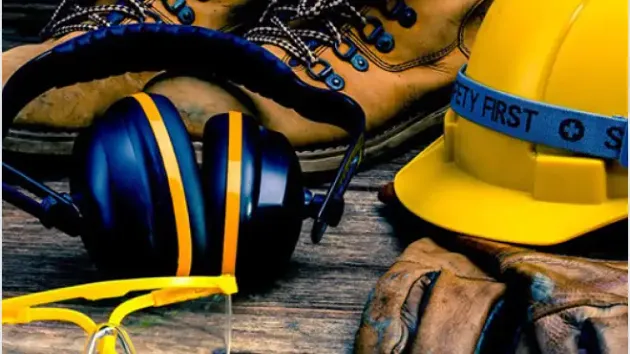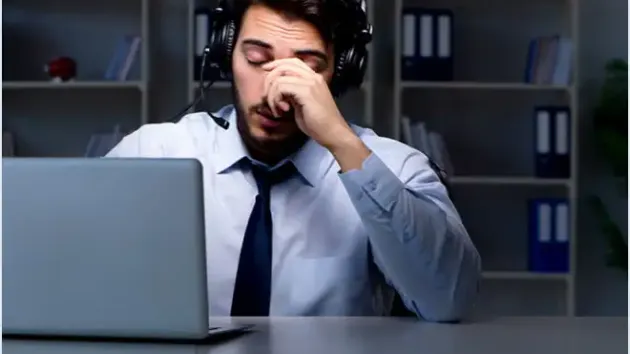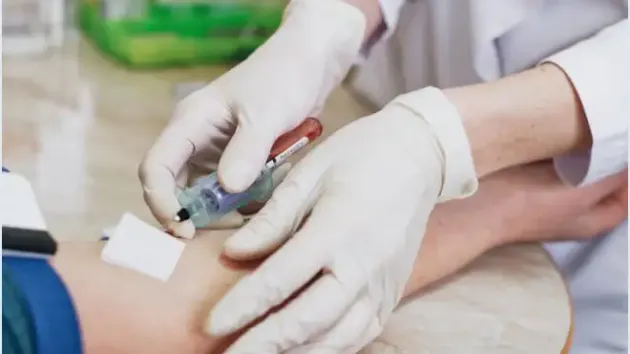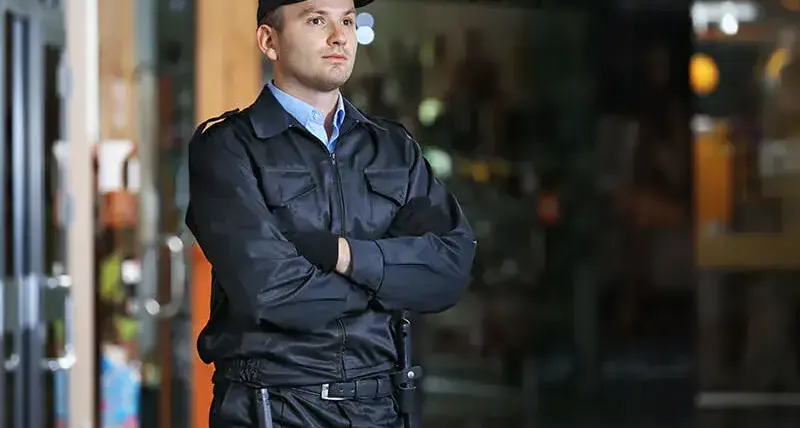Introduction
Out of all teaching careers, coaching and physical education is one of the most hazardous ones, both for the worker, as well as their pupils. An alarming number of injuries and accidents ranging from negligible to lethal are reported on a yearly basis. To develop an effective risk management strategy, workers must first undergo appropriate safety training.Potential Hazards
The most common risks faced by coaches and physical education teachers are:
Musculoskeletal Disorders.
PE workers must stand and move for the majority of their working hours. Improper posture, straining positions, or the physical stress of performing the same activity repeatedly can lead to serious aches, pains, and tenderness. If left unattended, these issues can rapidly develop into chronic problems that severely affect the health of the employee. Aside from the cost of treatment, MSD injuries also cause a fair amount of lost productivity, since the educator becomes unable to perform their job.School Violence.
Conflicts between students are commonplace in classrooms. However, the latter usually become even more pressing in a context where pupils are allowed to physically interact with one another, especially in contact sports. Young children often perceive the PE environment as an appropriate setting for expressing their emotions in a physical manner. Violent behavior can manifest itself as verbal abuse, damage to property, coercion, harmful physical behavior, as well as any kind of harassment. The victims of school violence can be the coaches themselves or other students.Improper Clothing or Equipment.
Jewelry, belts, smartphones and other items not recommended during physical education can easily lead to injury. Certain sports require specialized protective gear from the pupils, such as mouthguards, helmets, shin guards, or shoulder pads. Gymnastics, acrobatics, and high-jumping, on the other hand, require different gym equipment, such as block mats and gym mats, not to mention additional supervision. If any of the equipment is in poor condition, this can lead to grievances among players.Contagious Diseases.
Coaches come in contact with tens, sometimes hundreds of pupils on a daily basis. Although some parents opt to keep their children at home when they get ill, others might not. Students cannot be refused education solely based on health and safety concerns, so educators have to be prepared to deal with potentially sick participants to their class, since certain bloodborne pathogens can also be transmitted through bodily fluids that become airborne when coughing or sneezing.
Incident Prevention
Coaches and PE staff are required to undergo extensive safety training. Aside from dangers to their own health, they have to be just as mindful of how their students expose themselves during class. Pupils do not benefit from rigorous, official safety courses prior to attending class, which puts them at increased risk. Young children are less aware of the consequences of their actions, while adolescents and young adults are capable of targeted violent acts.
Appropriate safety training programs will ensure that employees in coaching and physical education have a carefully laid out risk management strategy. If used correctly, the such a plan can help prevent any incidents involving the teacher or their students, as educators become more versed in acknowledging the red flags that lead up to incidents. In turn, this enables them to intervene before accidents take place and prevent them altogether.
Recommended Safety Courses



What You Can Do to Stay Safe
As a coach, the best way to ensure your safety and that of your pupils is through rigorous training specifically aimed at the full range of hazards associated with this line of work. This is all the more important when working with students who come from low-income or troubled families, as they are predisposed to experience difficulties in school. Statistics show that teachers are just as likely to be the target of injuries and violence as their students are.
With the appropriate safety training, coaches and PE workers will develop an acute risk management mentality that fosters safety regardless of environment. They will be prepared to deal with difficult events and take action towards their resolution, rather than be surprised by them. Safety courses such as the ones described above help future candidates be better prepared for coaching and physical education positions, while also increasing their odds of landing related jobs.
For a comprehensive list of safety courses recommended for coaching and physical education, please visit our Education and Research industry page.



